As winter’s crisp air descends upon us, the allure of the mountains, blanketed in pristine white snow, beckons skiing enthusiasts from near and far. Skiing, with its thrilling descents and breathtaking scenery, offers an escape into a world of exhilarating adventure. However, for many, the dream of gliding down snowy slopes is often dimmed by the perceived high costs associated with the sport. But what if you could indulge in this winter wonderland without the financial burden? Welcome to “Mastering the Art of Budget Skiing,” where we transform the myth of skiing being a luxury into a feasible, budget-friendly reality.
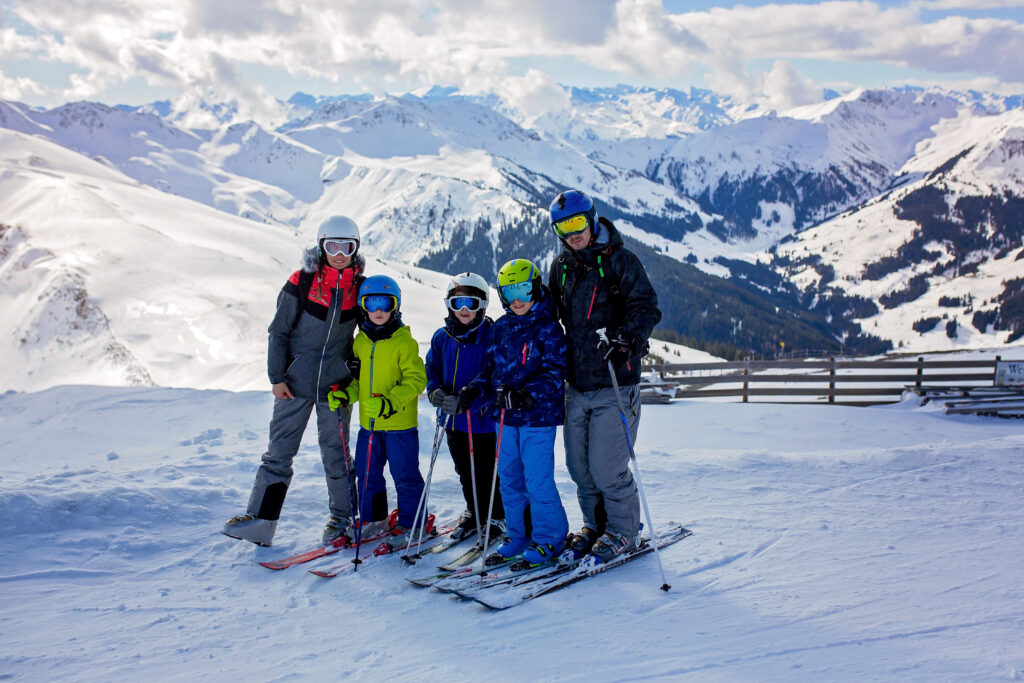
In this comprehensive guide, we delve into the heart of affordable skiing. We’ll navigate through the various aspects of skiing that typically stretch your wallet – from selecting the right destination, managing gear expenses, to smartly acquiring lift tickets, and finding cozy yet cost-effective accommodations. Whether you’re a seasoned skier or a novice eager to carve your first tracks in the snow, this guide is tailored to ensure your passion for skiing doesn’t clash with your budget constraints.
Join us as we explore a range of practical tips and insider secrets to minimize expenses without compromising on the thrill and joy of skiing. From hidden gem resorts with affordable pricing to savvy gear acquisition, and from budget-friendly travel options to economical meal choices, we’ve got you covered. Get ready to embark on a journey where the slopes are just as accessible as they are exhilarating. Let’s redefine your skiing experience – where the only thing steep will be the slopes, not your expenses!
Choosing an Affordable Ski Destination
Embarking on a budget-friendly ski adventure begins with selecting the right destination. The choice of where to ski can significantly impact the overall cost of your trip. In this section, we’ll explore how choosing lesser-known resorts, considering the timing of your trip, and looking at international options can help keep your expenses in check.
Lesser-Known Ski Resorts
The Allure of Hidden Gems: Often overshadowed by their more famous counterparts, smaller ski resorts offer a charming and budget-friendly alternative. These destinations typically boast lower prices for lift tickets and accommodations, without sacrificing the quality of skiing experience.
Examples and Benefits: Resorts like Grand Targhee in Wyoming or Bolton Valley in Vermont, offer extensive trails at a fraction of the cost. Additionally, these resorts tend to be less crowded, meaning more open space for you to enjoy your skiing.
Timing Your Trip
Peak vs. Off-Peak: Skiing during the off-peak season can lead to substantial savings. Peak times, such as Christmas holidays and Presidents’ Week, often see inflated prices and crowded slopes. In contrast, late January or early April, considered shoulder seasons in many regions, can offer quieter slopes and lower prices.
Midweek Magic: Consider skiing midweek rather than weekends. Not only are resorts less crowded during these times, but many also offer midweek discounts on lift tickets and accommodations.
International Options
Exploring Beyond Borders: Countries like Bulgaria, Slovenia, and even some parts of Canada, offer incredible skiing experiences at a fraction of the cost of more popular destinations. Exploring these international options can add an element of adventure to your ski trip while keeping your budget intact.
Currency Advantages: Sometimes, the currency exchange rates can work in your favor, making skiing in a foreign country surprisingly affordable. It’s essential to factor in travel costs, but in many cases, the overall trip can still be cheaper than skiing domestically at a high-profile resort.
Gear: Renting vs. Buying

Ski gear is a crucial component of your skiing experience, but it also represents a significant part of the expense. In this section, we’ll weigh the pros and cons of renting versus buying ski gear, and explore how each option can fit into a budget-friendly skiing plan.
Pros and Cons of Renting Ski Gear
Cost-Effectiveness for Occasional Skiers: Renting is often the more budget-friendly option for those who ski only a few times a year. It eliminates the need for storage and maintenance, and allows you to try different types of equipment each time you hit the slopes.
Finding Rental Deals: Many ski shops offer competitive rental packages, especially when bundled with lift tickets. Look for deals online or inquire at local ski shops. Some resorts even offer discounts on rentals during non-peak periods.
Buying Used and Discounted Ski Gear
Long-Term Investment for Regular Skiers: If you ski frequently, investing in your own gear can be more cost-effective in the long run. Purchasing used gear is a great way to own quality equipment without the hefty price tag of new items.
Where to Shop: Explore local sports consignment shops, online marketplaces, and end-of-season sales at ski shops. These venues often have gently used or discounted previous season’s gear that can offer substantial savings.
Caring for Purchased Gear
Maintenance Tips: Proper maintenance of ski gear can extend its life and performance. Simple tasks like regular waxing of skis, drying boots properly, and checking bindings can save money on repairs and replacements.
DIY vs. Professional Servicing: Learn basic maintenance skills to care for your gear at home. For more complex servicing, like binding adjustments, seek professional help, preferably during off-peak times when some shops offer discounts.
Considerations for Families
Growing Kids and Gear: For families with growing children, consider programs that offer trade-ins for outgrown gear. Some ski shops have seasonal leasing programs, which can be a cost-effective solution for children who quickly outgrow their equipment.
Sharing and Hand-Me-Downs: Utilize hand-me-downs where possible. Quality gear that’s well-maintained can often be passed down from one child to the next.
Saving on Lift Tickets
Lift tickets can be one of the most significant expenses in a ski trip. However, there are several strategies to reduce this cost without compromising your time on the slopes. In this section, we’ll explore how to save on lift tickets through advanced purchasing, season passes, and local discounts.
Advanced Purchasing Strategies
Early Bird Specials: Many ski resorts offer discounted rates for lift tickets purchased well in advance of the ski season. Keep an eye out for these deals, typically available on the resort’s website.
Season Passes and Multi-Day Deals
Calculating the Break-Even Point: If you plan to ski multiple days or visit the same resort frequently, a season pass can offer substantial savings. Calculate the number of days you need to ski to make the pass worthwhile.
Group Discounts and Family Packages: Some resorts offer special rates for groups or family packages. These can be especially beneficial if you’re planning a ski trip with friends or family.
Local Discounts
Community Day Passes: Some resorts offer discounted passes on specific days for local residents. If you live near a ski resort, this can be a great way to save.
Partnerships and Promotions: Occasionally, local businesses or organizations partner with ski resorts to offer discounted lift tickets.
Midweek and Night Skiing Discounts
Midweek Savings: Skiing during weekdays can significantly reduce the cost of lift tickets. Resorts are less crowded, and prices are often lower compared to weekends.
Night Skiing Offers: If available, night skiing can be an economical alternative, with reduced prices for lift tickets and a unique skiing experience under the lights.
Loyalty Programs and Rewards
Resort Loyalty Programs: Joining a resort’s loyalty program can lead to savings on lift tickets, as well as other perks like discounts on rentals and accommodations.
Credit Card Rewards: Some credit cards offer rewards or cashback on travel-related expenses, including lift tickets. Check if your credit card has such benefits.
After a long day on the slopes, a comfortable place to rest is essential. However, accommodation can significantly contribute to the overall cost of a ski trip. This section will provide strategies for finding affordable lodging options that don’t sacrifice comfort and convenience.
Offsite vs. Onsite Accommodation
Cost Comparison: Staying directly on the resort can be convenient, but often comes at a premium price. Offsite accommodations, such as hotels or rentals in nearby towns, can offer considerable savings.
Transportation Considerations: When staying offsite, factor in the cost and convenience of transportation to the ski resort. Some offsite accommodations offer shuttle services, which can offset the inconvenience of being further away.
Group Travel and Shared Rentals
Economies of Scale: Traveling with a group and sharing rental costs for a larger accommodation like a cabin or condo can significantly reduce individual expenses. This approach often provides better amenities at a lower cost per person.
Platforms for Shared Accommodations: Websites like Airbnb, VRBO, and others offer a range of rental options suitable for groups. Be sure to book early, especially if planning a trip during peak ski season.
Alternative Accommodation Options
Hostels and Budget Hotels: For solo travelers or those willing to have more basic accommodations, hostels and budget hotels can be an economical choice.
Camping and RVs: For the more adventurous and those with access to winter camping gear or an RV, camping can be a unique and cost-effective option, especially in areas with campsites near ski resorts.
Leveraging Hotel Reward Programs
Hotel Points and Loyalty Programs: If you frequently stay at chain hotels, consider using loyalty points for free or discounted stays. Many hotel brands have properties near popular ski areas.
Credit Card Rewards: Similar to lift tickets, some credit cards offer travel rewards that can be redeemed for hotel stays. Check your credit card benefits for potential savings on accommodations.
Long-Term Stays and Seasonal Deals
Extended Stay Discounts: If planning a longer ski trip, some accommodations offer discounts for extended stays. This can be particularly beneficial for those looking to ski for a week or more.
Seasonal Specials: Keep an eye out for seasonal promotions and deals. Subscribing to newsletters from hotels or booking sites can keep you informed about these offers.
Food and Dining Costs
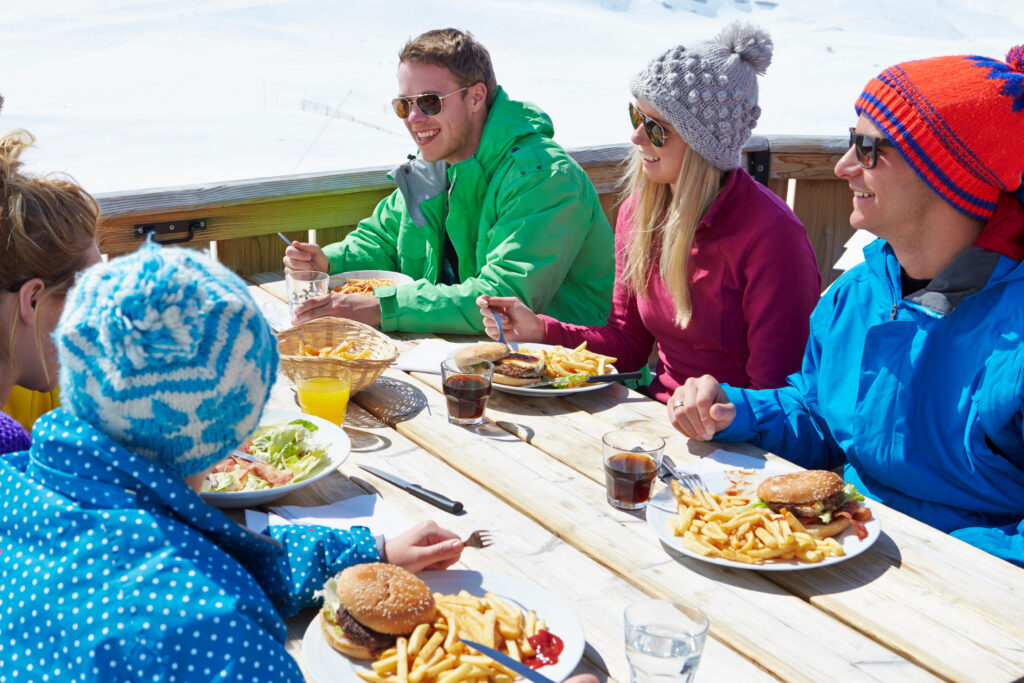
Food expenses on a ski trip can add up quickly, especially when dining at resort restaurants. However, with a bit of planning and creativity, you can enjoy delicious and satisfying meals without overspending. This section covers strategies for managing food costs, from packing your own meals to finding the best dining deals.
Packing and Preparing Meals
Benefits of Bringing Your Own Food: Packing lunches and snacks is one of the most straightforward ways to reduce food costs. Homemade meals are not only cheaper but can also be healthier than resort food.
Meal Planning Tips: Plan and prepare meals that are easy to transport and consume on the slopes. Sandwiches, wraps, energy bars, and trail mix are great options. Don’t forget to bring a thermos of hot beverage to keep warm.
Smart Dining on the Slopes
Navigating Resort Dining: If you choose to dine at the resort, look for value options like combo meals or daily specials. Avoid peak dining times to skip long lines and potentially find better deals.
Happy Hour and Off-Peak Specials: Many ski resorts offer happy hour or off-peak dining discounts. This can be a great opportunity to enjoy a meal or drink at a reduced price.
Grocery Shopping and Cooking
Utilizing Accommodation Kitchen Facilities: If your accommodation has kitchen facilities, take advantage of them by cooking your own meals. Buying groceries and preparing food can lead to significant savings.
Local Markets and Stores: Explore local markets and grocery stores for regional specialties and fresh produce. This not only saves money but also enhances your travel experience.
Eating Out Economically
Local Restaurant Options: Explore dining options in nearby towns or villages. Local restaurants often provide better value and more authentic culinary experiences than resort eateries.
Coupons and Discounts: Check local guidebooks, websites, or apps for dining coupons or discounts in the area. Some ski packages also include vouchers for local restaurants.
Travel Savings
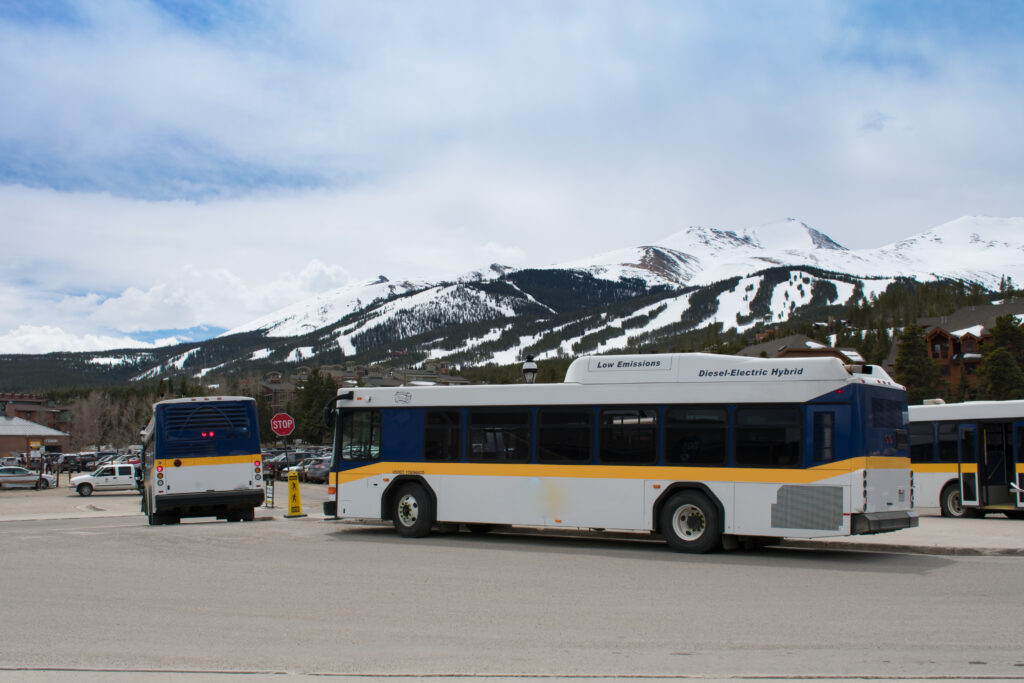
Getting to and around the ski resort can be a significant part of your ski trip budget. However, with some strategic planning and savvy choices, you can significantly cut down on these costs. In this section, we’ll explore various ways to save on travel and transportation during your ski adventure.
Carpooling and Shared Transportation
Benefits of Carpooling: Sharing a ride with friends or family can drastically reduce your travel expenses. It cuts down on fuel costs, tolls, and parking fees. Plus, it’s environmentally friendly.
Organizing a Ski Carpool: Use social media groups or carpooling apps to find people with similar plans. Ensure everyone contributes to the costs and agrees on travel times and logistics.
Public Transportation Benefits
Using Trains and Buses: Some ski resorts are accessible via public transportation, which can be a cost-effective and stress-free alternative to driving. Trains and buses may offer special ski packages that include both transport and lift tickets.
Shuttle Services: Check if your accommodation or the ski resort offers shuttle services. These can be a convenient way to get to and from the slopes without the need for a car.
Renting Equipment at the Destination
Avoiding Extra Luggage Fees: If flying, renting ski gear at your destination can be cheaper than paying for extra luggage. This also makes your travel more convenient and hassle-free.
Comparing Rental Prices: Research and compare rental prices at different shops near the resort. Sometimes, rental shops in the town may offer lower rates than those directly on the slopes.
Strategic Flight Booking
Book in Advance: Generally, the earlier you book your flights, the cheaper they are. Keep an eye out for airline sales and deals.
Flexible Travel Dates: If possible, be flexible with your travel dates. Midweek flights can often be significantly cheaper than weekend flights.
Embarking on a ski trip often conjures images of high expenses, but as we’ve explored in this comprehensive guide, it doesn’t have to strain your finances. By implementing the strategies and tips discussed, from choosing affordable ski destinations and managing gear costs to economizing on lift tickets, accommodations, food, and travel, skiing on a budget is not only possible but can also be a rewarding experience.
The key to a successful budget-friendly ski trip lies in careful planning and a willingness to be flexible and creative. Whether it’s opting for lesser-known ski resorts, renting gear instead of buying, seeking out lift ticket deals, sharing accommodation costs, preparing your own meals, or choosing economical travel options, each decision contributes to a more affordable and enjoyable skiing adventure.
Remember, skiing is about experiencing the joy of the sport and the beauty of the winter landscape. It’s about making memories with friends and family, challenging yourself on the slopes, and enjoying the serene moments in nature. The value of these experiences doesn’t diminish with a smaller budget; in fact, the satisfaction of smartly managing your expenses can enhance them.
As you prepare for your next ski trip, keep these tips in mind. With some resourcefulness and savvy planning, you’ll be able to hit the slopes without putting a significant dent in your wallet. So gear up, embrace the snow, and get ready to carve out your own path down the mountain, knowing that you’ve mastered the art of budget skiing. Happy skiing!


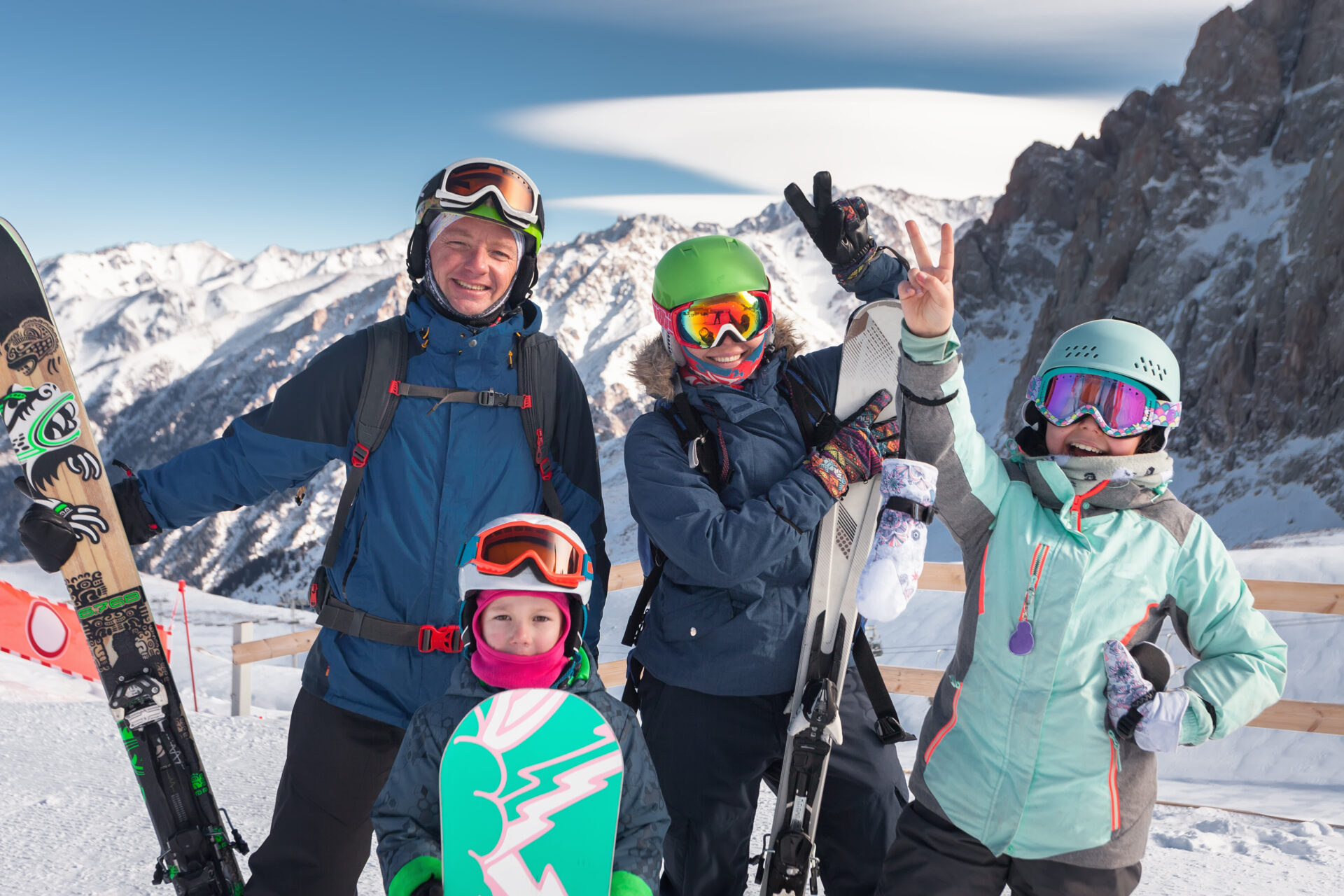
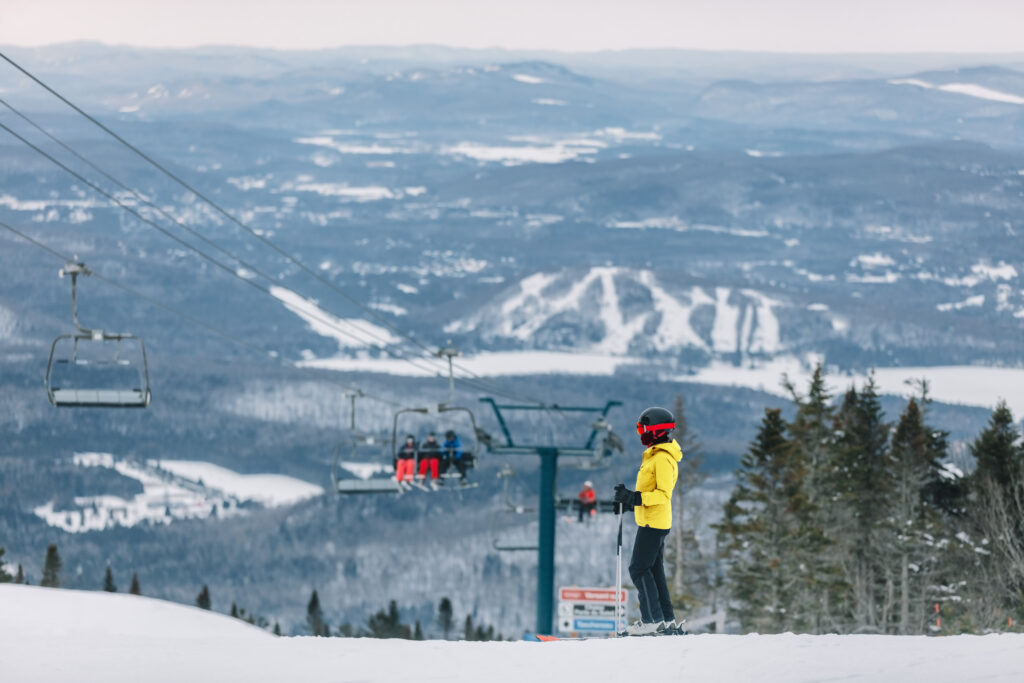
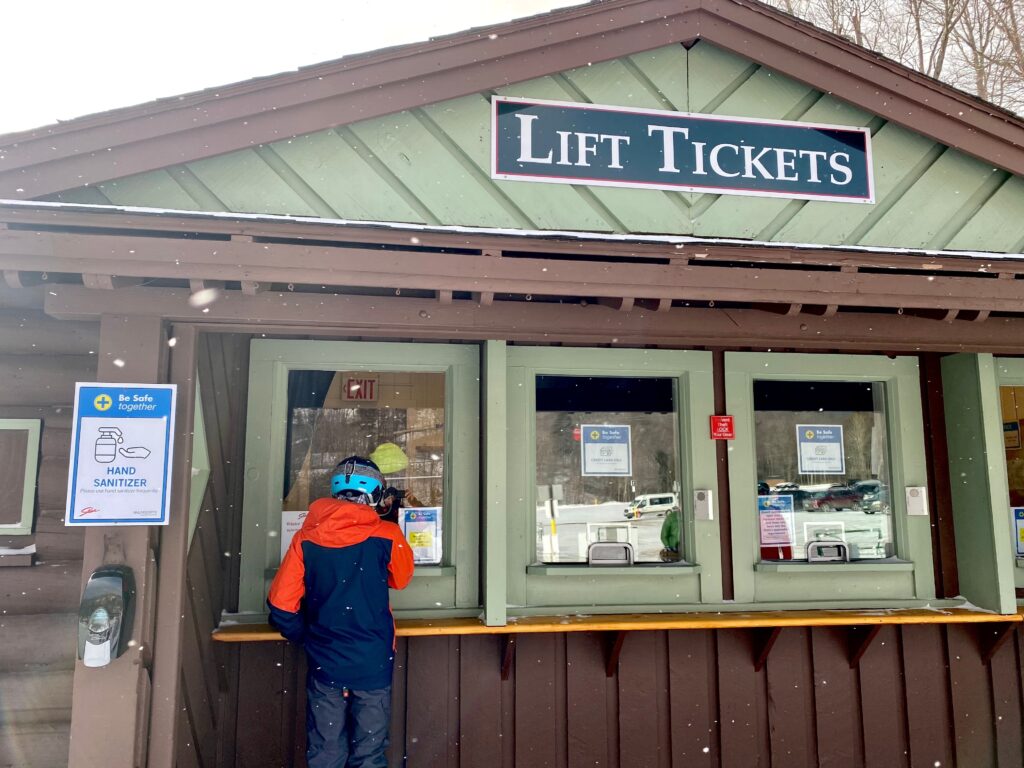
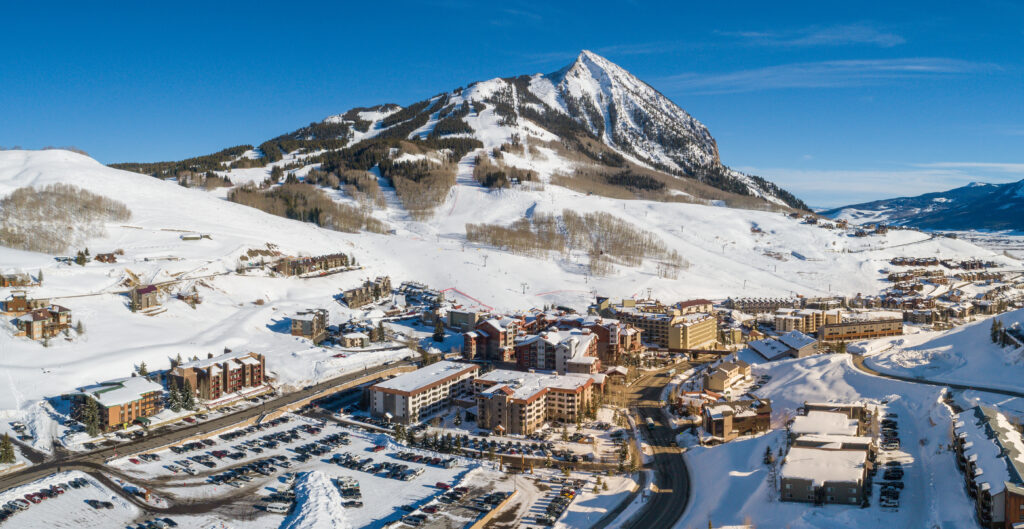

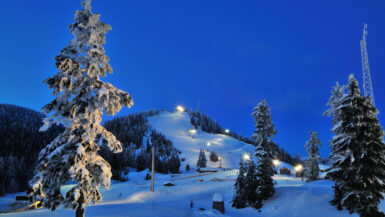
Leave a reply